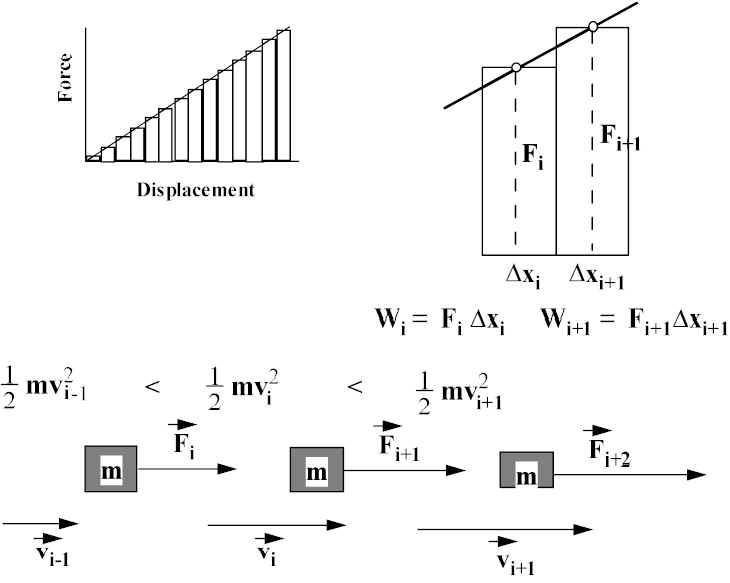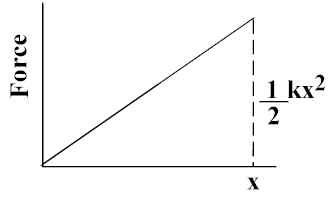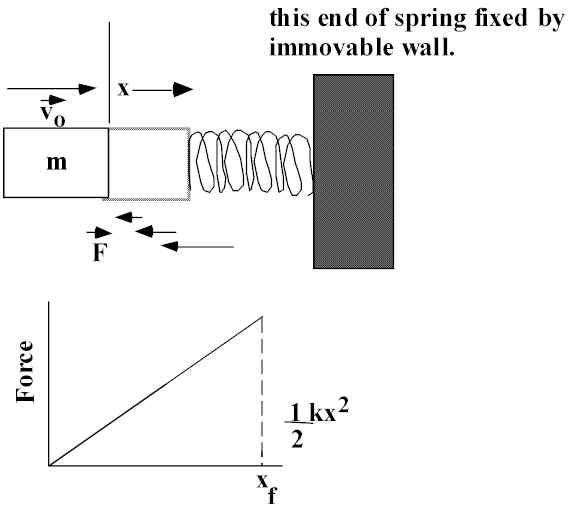



Robots today have been used successfully in many domains, from exploring Mars and finding evidence of water, to mapping the health of coral reefs, to assisting long-distance drivers, to assembling cars. In our course we will pursue a Grand Challenge approach to robotics and create new robot bodies and brains. We are motivated by tasks at the frontier of today's robotic capabilities. We will develop solutions for these tasks that are grounded in state-of-the-art algorithms and systems science for robots. We will implement these solutions and test them using a challenge format.
Our robots will employ sophisticated techniques for perception, navigation, and manipulation to cope with unknown environments, negotiating intricate paths, adapting their next move to obstacles, finding useful objects in the environment, and using them to build a structure. This work will provide our students with the foundations for creating computer systems that interact with the physical world, leading the way from PCs to PRs (personal robots).
The grand challenge for this course is to Gather Materials and Build a Shelter on Mars. Imagine a robot delivered to an uncertain location in a remote and unknown environment such as the surface of Mars, and given an uncertain prior map of the local terrain. Imagine further that construction materials, in the form of distinctively colored blocks in a few discrete sizes, have been similarly delivered and are scattered around the landscape. Some blocks have ended up where intended (i.e., in known locations), whereas others have ended up in unknown locations or may have been lost or destroyed.
Your goal is to design and implement a robot (both its body and its code) that can move about within its new domain, collect blocks, transport them (all at once, in small batches, or even one at a time) to some autonomously-determined construction location, and assemble them into a primitive shelter. The shelter may range from a simple low wall, to a multi-level (stacked) wall, to an "L" or "V" shape, to a room-like structure.
One or more of elements needed to solve the Challenge arise in many other robotic mobile manipulation applications, ranging from autonomous navigation with dynamic obstacles, coordinated manufacturing, searching for and rescuing victims at a disaster area, tidying up a room, clearing the dishes in a cafeteria, delivering packages in an office environment, and fetching items from a stockroom or mailroom.
ROBO SPRING MISSION :
Learning Objectives:
- Specify the requirements for an integrated hardware and software design and implementation of an autonomous system performing a specified task;
- Critically evaluate choices of design and architectures;
- Use kinematics, control theory, state estimation and planning to implement controllers, estimators and planners that satisfy the requirements of specified tasks;
- Operate the system for an extended and specified time;
- Communicate, orally and in writing, the results of the project design process and the key aspects of the overall project (from concept to end goal).
- Collaborate more effectively, for example by having more choices of action, flexibility, and resilience with team process such as decision-making, negotiation and conflict resolution.
Measurable Outcomes
- An integrated hardware-software system that performs the desired task;
- A written design proposal that specifies and presents the integrated software and hardware design that satisfies design requirements;
- Lab reports and briefings that demonstrate mastery of key design skills;
- Development and delivery of an oral presentation suitable for a professional audience;
- Development and delivery of a debate that evaluates design choices and demonstrates ability to use evidence to argue for conclusions;
- Completion of a final report that analyzes the design and its success or failure, and reflects upon learning.



